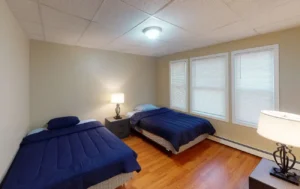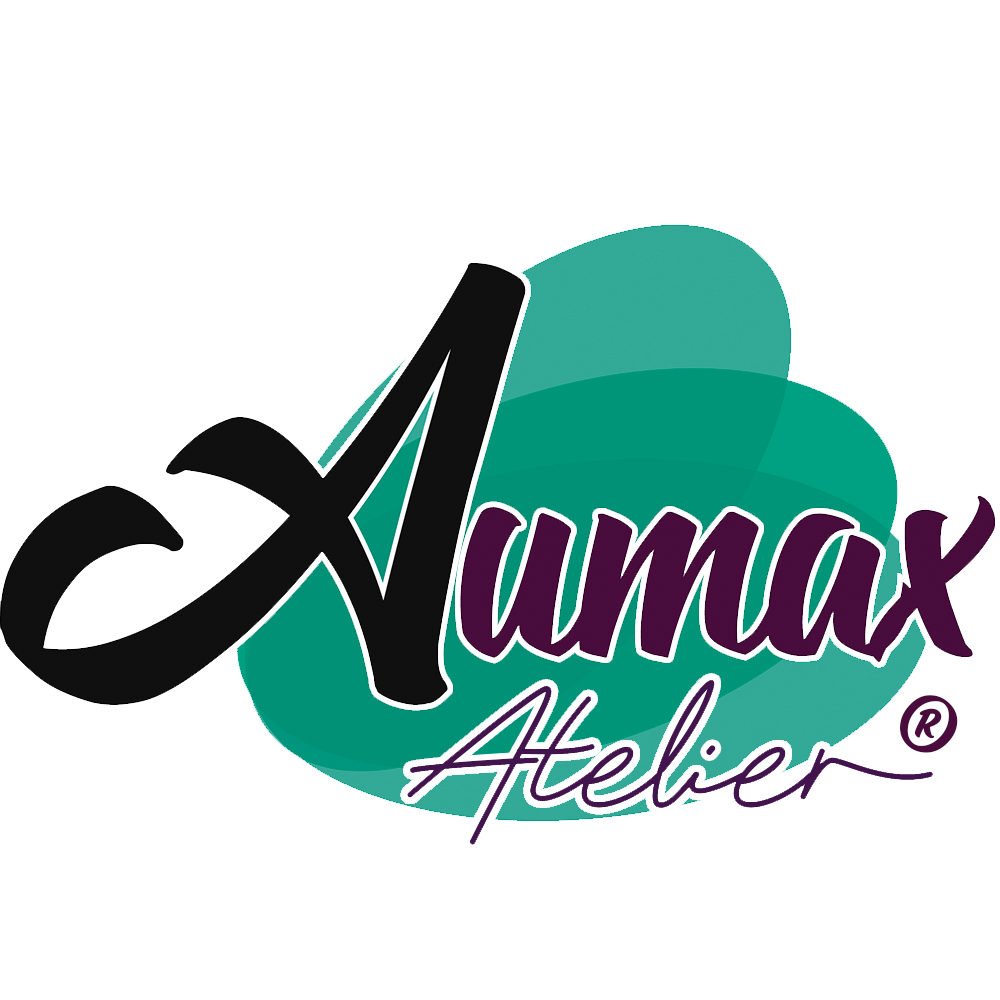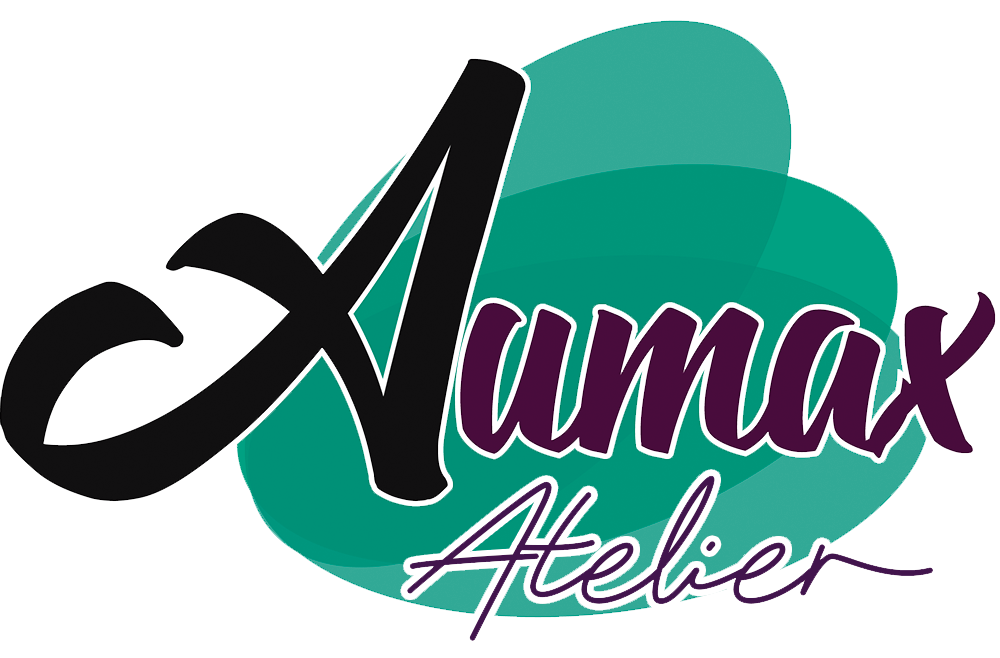Sober Living Homes & Oxford Houses Cost & Length of Stay

Regrettably, there are few studies reporting differential outcome data contrasting recovery home and therapeutic community residential treatments for substance abuse. In part, this is due to the fact that it is hard to provide systemic long-term outcome data on these hard to reach, highly recidivist populations. Oxford House provides a supportive and sober living environment for individuals recovering from drug and alcohol addiction.
- While some may resemble Oxford House in terms of self-governance and affordability, others may have staff, offer additional services, and come with a higher price tag.
- The present article addresses the primary outcome studies conducted on one form of recovery home called Oxford House.
- Accordingly, the property must be leased by the group, not by the individuals.
- This study did not provide outcome data regarding residents’ experiences living in these recovery communities.
- Oxford Houses are established in good neighborhoods to integrate the recovering individuals into mainstream communities, away from former environments, people and habits.
Q. Is there any financial aid available to start a new Oxford House?
Many individuals who have lived in an Oxford House find the experience to be invaluable to their recovery journey. Residents appreciate the peer-supported communal living, self-governance, and self-help aspects of the Oxford House model. These factors allow them to support each other in their efforts to abstain from alcohol and substance use.
Sober Living Homes & Oxford Houses
The homes usually include a kitchen, common areas and laundry accommodations. Rules vary depending on each home or accrediting organization, but most sober living homes have several rules in common. There is no in-house treatment or requirement to attend a specific recovery program, but 12-step participation is popular in Oxford Houses.
Self-run, Self-supported Recovery Houses

Any recovering alcoholic or drug addict can apply to get into any Oxford House by filling out an application and being interviewed by the existing members of the House. The application is then considered by the membership of the House and if there is a vacancy and if 80% of the members approve, the applicant is accepted and moves in. If an applicant does not get voted into one house he or she should try another house in the area.
- Oxford House is a self-run, self-supported recovery house program for individuals recovering from a Substance Use Disorder (SUD), including an Opioid Use Disorder (OUD).
- Sober living homes are known for strictly enforcing rules, and violations usually result in eviction.
- However, Oxford Houses specifically use a peer-based model and are often more affordable because they operate without staff and are supported by residents’ pooled resources.
House Rules and Governance

That would defeat the whole principle of establishing a system that teaches recovering individuals themselves to be responsible. However, it does the next best thing by utilizing and enforcing its Charter concept. Oxford House, Inc. plays an important part in making certain that individual groups behave responsibly through the use of the «Charter» mechanism.

Halfway Houses
Involvement around recovery also included involvement in large community initiatives, as 39% of participants reported involvement in informing or advising agencies or local leaders and 32% reported involvement in community anti-drug campaigns. For some, this involvement also included speaking at political events (16%), and attending community meetings (30%), and public hearings and forums (21%). Other general community activities reported by participants included working with youth (32%), fundraising (30%), and volunteering time with community organizations (23%). These findings indicate that Oxford House residents are not only working on their own recovery, but also working to make positive changes in their communities. An Oxford house is also a housing program designed to support people committed to a sober lifestyle.
The situation should be avoided whereby certain individuals will begin to equate their persuasive qualities with the Oxford House concept. Repayment from those start-up loans assures the continuation of the revolving fund to what is an oxford house enable other new houses to get started — just as repayment of loans to chapters permits the same resources to be used again and again. Using the contact information for the house you’ve chosen, call and set up an interview.

The more comfortable a person in in their living situation, the better the transition into a healthy lifestyle. Another difference between an Oxford House and a Halfway House is the length of stay. The average stay is for about one year, but there is no rule that requires someone to leave. The number of residents in a House may range from six to fifteen; there are houses for men, houses for women, and houses which accept women with children.
- Returning to these settings without a network of people to support abstinence increases chances of relapse (Jason, Olson & Foli, 2008).
- The average stay is about a year, but many residents stay three, four, or more years.
- In other homes, counselors or case managers visit on a regular basis to provide in-home services.
- Such social support is often acquired and utilized through participation in mutual-help groups (Humphreys, Mankowski, Moos, & Finney, 1999), where individuals are likely to develop peer networks consisting of abstainers and others in recovery.
Some operate for several years and then, because of expiration of a lease, dissatisfaction with the facilities, or simply the finding of a better location, the members of a particular House will move into a new location. In both cases, financial assistance is in the form of a loan having a pay back schedule, not to exceed one year, defined up front. (Since 1989, many new Oxford Houses have taken advantage of state revolving loan programs.

